Silage additive BONSILAGE ALFA convinces on the farm
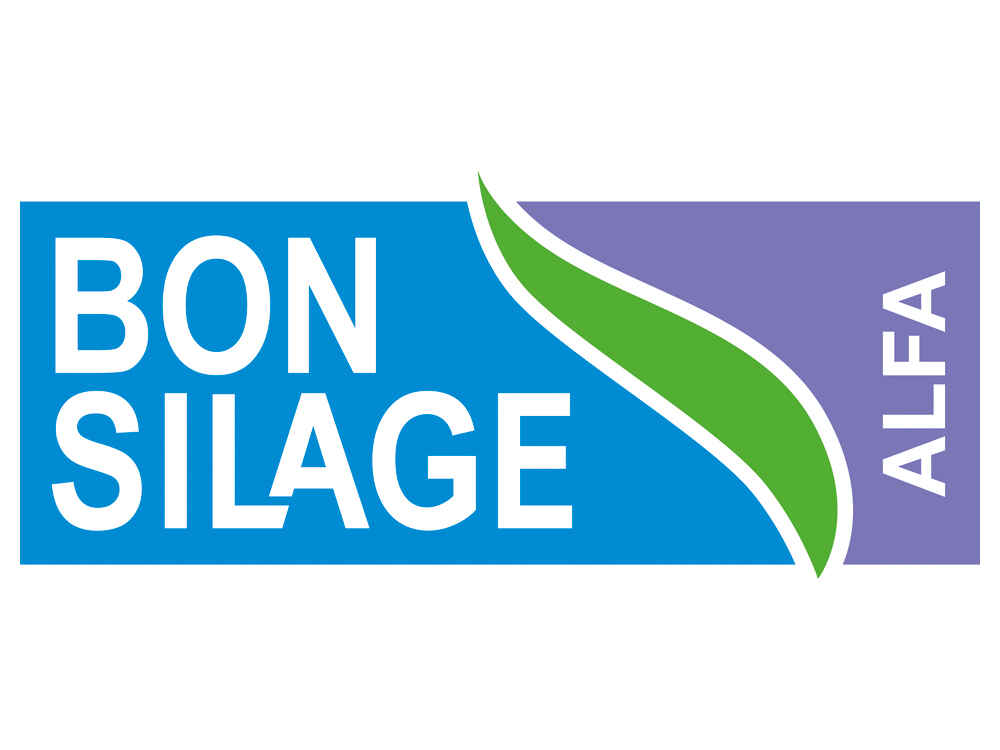
Lactic acid bacteria strains protect against reheat
BONSILAGE ALFA convinced with palatable and perfectly hygienic silages
Lucerne silages (35 % DM), treated with BONSILAGE ALFA
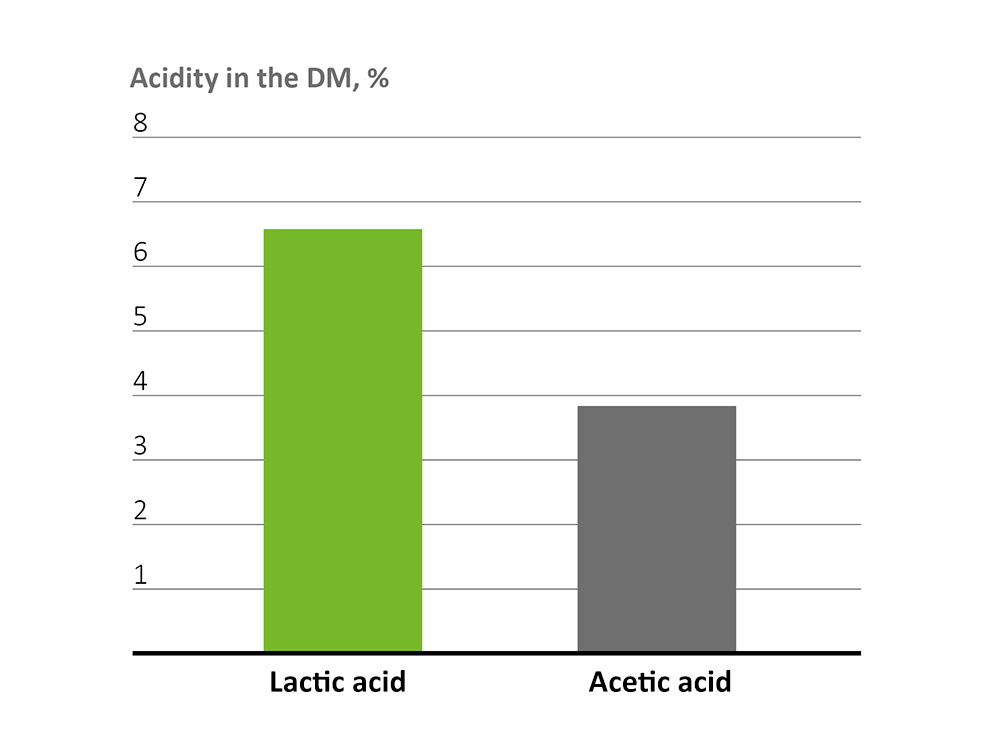
BONSILAGE ALFA



BONSILAGE ALFA
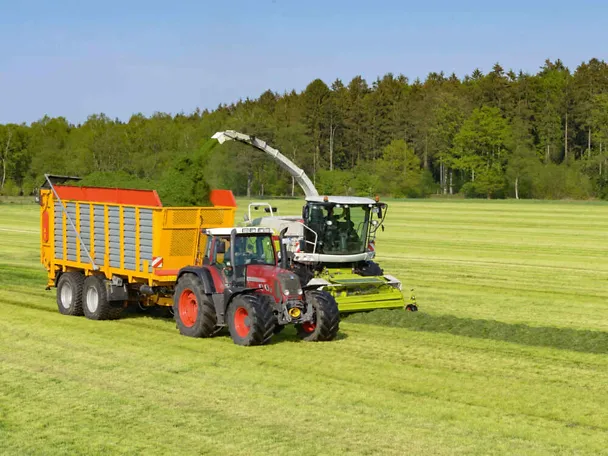
BONSILAGE FIT G compensates energy deficits that occur especially at the beginning of lactation. The silage additive optimises the energy properties of the grass silage and ensures high aerobic stability. This supports the cows' metabolism.
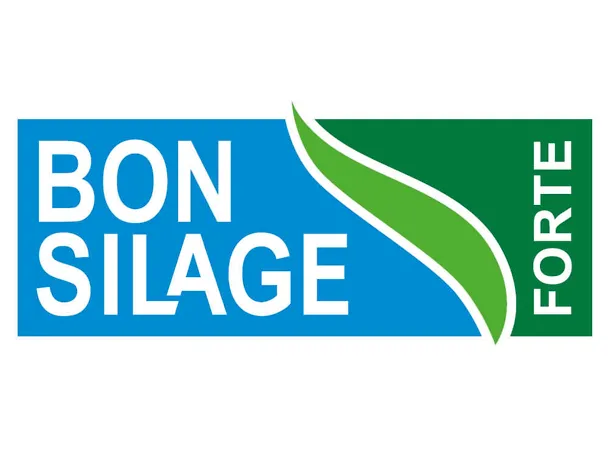
Studies at the University of Halle have confirmed: The use of BONSILAGE FORTE significantly reduces the content of biogenic amines in silage. This increases palatability and basic feed intake and relieves the metabolism.
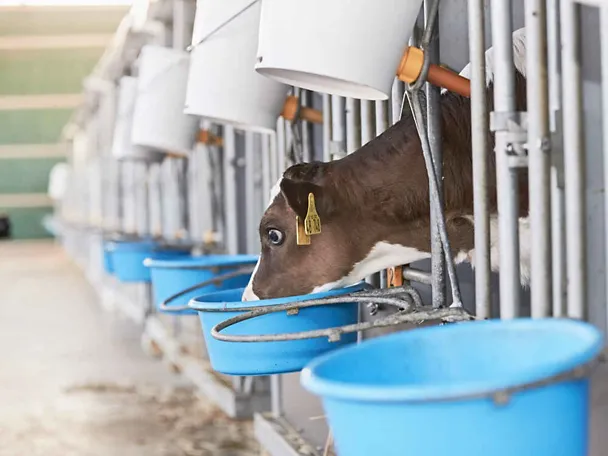
The basis for a high yield potential is laid as early as in the calf barn. The intensity of drinking intensity and rumen development are significant factors. Read why balanced rationing is crucial.
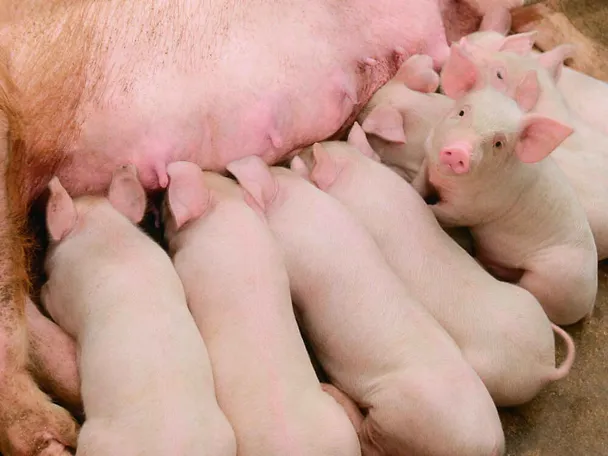
The appropriate raw fibre carriers and a digestion-friendly mixture is very important in sow feeding. The raw fibre supply plays a particularly important role for intestinal health and saturation during pregnancy.
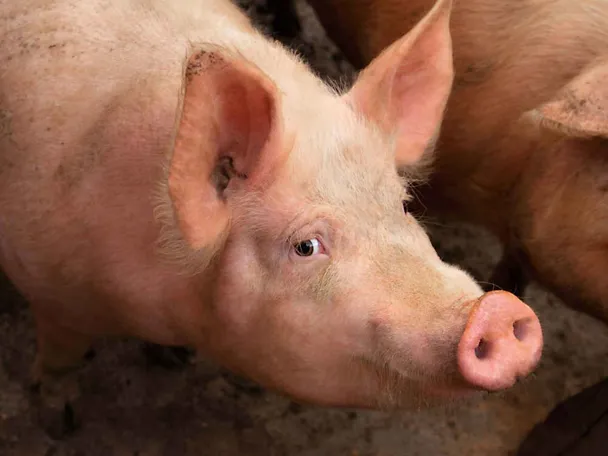
With consistent hygiene and feeding measures, the regulations of the Pigs Salmonella Ordinance can be complied with. Learn how to optimise salmonella status as a marketing and payment crit